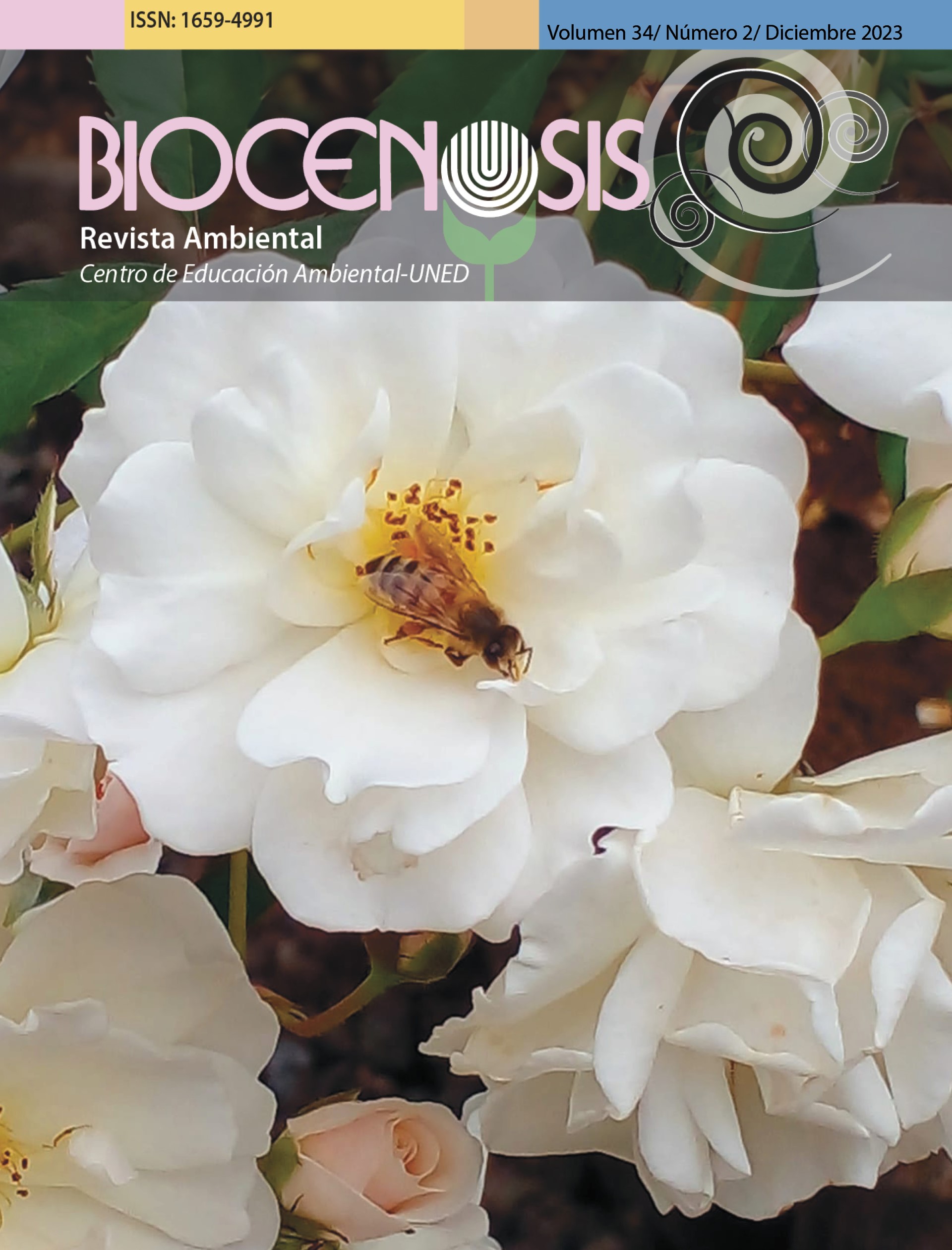Historical and Community Analysis of Surface Water Resources in El Rodeo Community, San Marcos de Tarrazú, San José, Costa Rica
DOI:
https://doi.org/10.22458/rb.v34i2.5080Keywords:
hydric elements, participatory workshops, historical evolution, communal contribution, water bodiesAbstract
In the year 2022, the Water and Soil Research Laboratory (LIAS) of the UNED, based in San Marcos de Tarrazú, analyzed water elements around the university campus to find out the protected areas and their locations. The study revealed some discrepancies in the characterization and location of the different bodies of surface water. Official cartographic sources were analyzed and then the data were compared with field survey tours to validate the information. Following an exhaustive analysis, different versions of the same body of water were identified in some of the sources which led to request the collaboration of the local population. The experiences of the people, who have inhabited the community of Rodeo de Tarrazú for over 30 years and have witnessed the changes, were included to enrich the process, and obtain information from those who have observed the evolution of the community physical space. The researcher-community interaction allowed to broaden the initial panorama by complementing the information and even corroborating or incorporating new elements of analysis. The project enabled to establish the possible causes of the variations of the body of water location, by highlighting that the changes in land use were one of the main factors.
Published
How to Cite
Issue
Section
License

This work is licensed under a Creative Commons Attribution-NonCommercial 4.0 International License.
